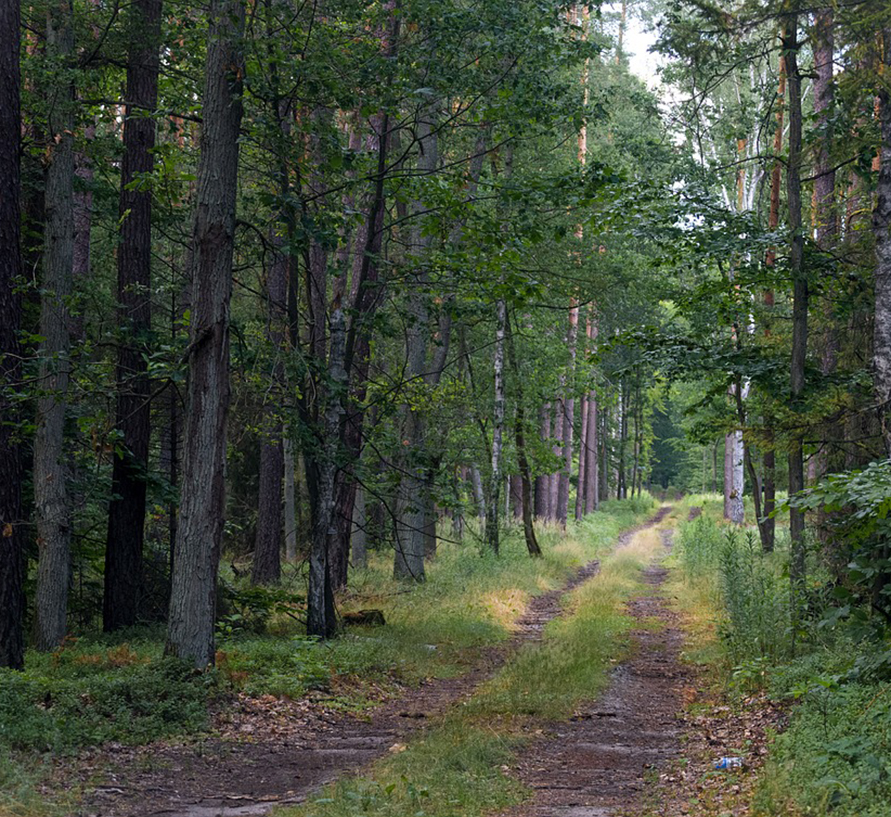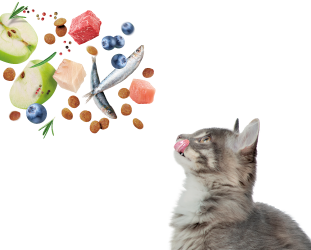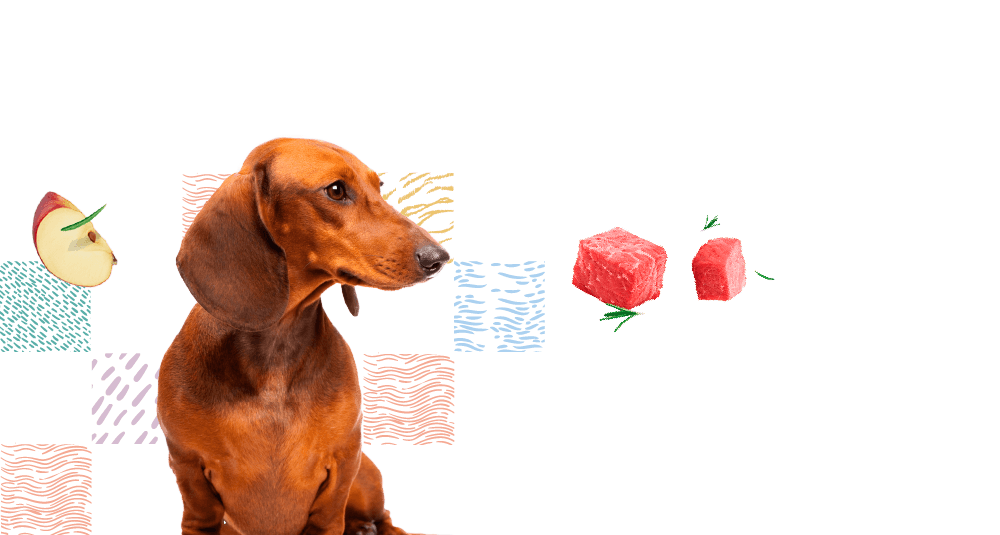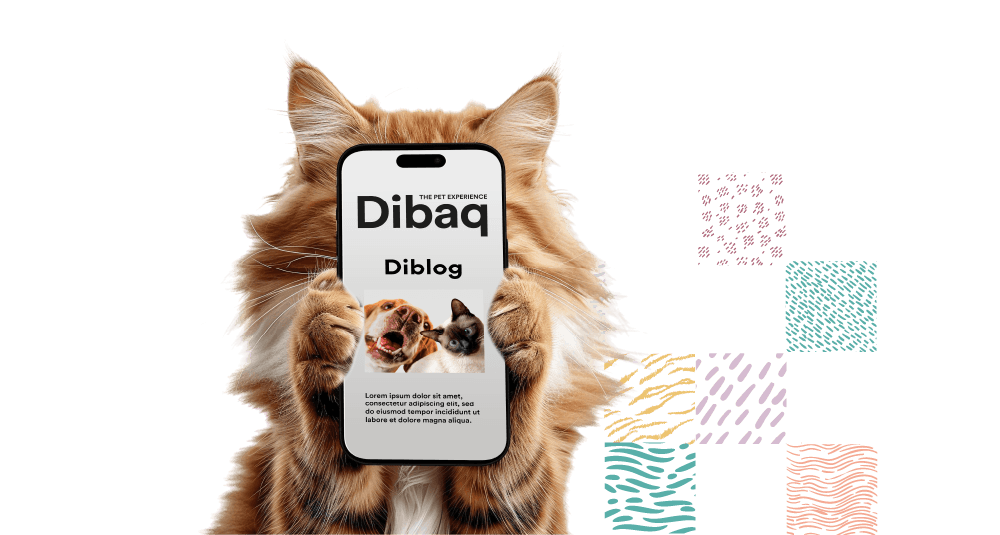Alert: How to protect your pets from processionary
Spring not only brings flowers and sunny days, it also marks the appearance of the pine processionary, a potential danger to our pets. In this article, we will review how to recognize the risks of processionary and preventative measures to protect our animal companions from its harmful effects. We thus take up the witness of the Veterinary College Organization (OCV) that warns owners of pets, especially dogs, about the lethal risks that this caterpillar can have.

Identification of the processionary
The pine processionary is a caterpillar commonly found on pine trees during the spring months. Recognizing it is the first step to prevent contact; It is characterized by its way of moving in a row and its stinging fur.
As veterinarians highlight , “the weather conditions of recent years are causing these caterpillars to appear earlier and earlier, between the months of February and April. Drought and high temperatures cause its metamorphosis to advance, which accelerates the cycle of 'the pine processionary', so that its presence is increasingly frequent in a large part of the pine forest masses, the tree with the greatest presence in our country after the holm oak.”
Why processionary is harmful
The body of this insect is covered by about 500,000 stinging hairs called trichomes that contain "a thermolabile toxin called Thaumatopina, which can cause serious health problems for both people and animals, and even death in the latter," explain the researchers. animal health professionals.
Risks for pets
Contact with the processionary due to these stinging hairs can cause serious allergic reactions in pets, including skin irritation, respiratory problems, as it can cause irritation of the eyes, ears, nose and throat; and in severe cases, it can compromise the life of the animal if it ingests the stinging hairs of the caterpillar.
In this sense, veterinarians explain the main symptoms that the animal can manifest depending on the level of contact, among which are: internal itching, hypersalivation, inflammation of the tongue, skin irritation, exaggerated excitement or even vomiting, in some. cases.
Preventive measures before the processionary
- Avoid areas with known presence of processions, especially during their active phases.
- Keep pets under surveillance in areas prone to infestations.
- Consult the veterinarian about preventive and emergency treatments in case of contact with the processionary.

What to do if your pet comes into contact with the processionary
It is crucial to act quickly if you suspect your pet has had contact with the processionary. Taking her to the vet immediately is essential for her treatment and recovery.
“In case of contact, the affected area of the animal should be washed with hot water and taken urgently to the veterinarian, since a good diagnosis and quick action by the doctor can cure the problem completely,” advises the OCV.
Pine processionary represents a significant threat to the health of our pets during the spring. With knowledge and caution, we can minimize risks and ensure our furry companions have a safe and healthy season.
You can visit other Diposts for more tips and make sure your pet is safe and healthy all year round. Take care of your faithful friend at all times!
Share this content















